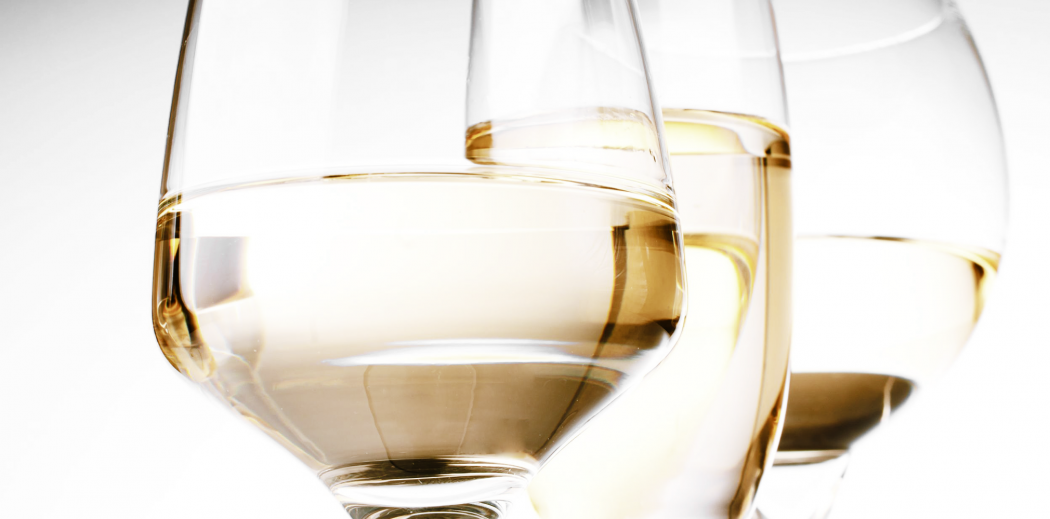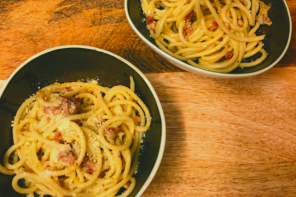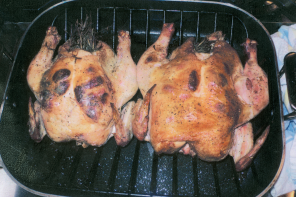It’s one of those words that will often be thrown about when trying to narrow down a drinker’s taste in wine. “Do you like red or white? A lot of body? High acid? Dry?” This last one will forever sound absurd. Dry wine? We know, we know, no one literally means a wine that is dry as opposed to wet. In fact, the opposite of a dry wine is actually a sweet wine. But come on. Dry? We could have come up with a better word for that one.
This being said, knowing if you prefer dry wines can go a long way in your quest to finding exactly what you’re looking for. For a wine to be considered dry it must have less residual sugar than other wines. During fermentation, winemakers can choose how long to allow the yeast to eat up the sugar in their grape juice. In instances where the yeast has more time to gobble up all the sugar (and therefore leaving less sugar in the juice), the end result is a dry, less-sweet wine.
According to our friends over at Wine Folly, for a wine to be considered dry it can only contain up to 10 grams of residual sugar per Liter. That’s about half a teaspoon of sugar per 5 ounce glass. For a wine to be considered off-dry it must have between 10 and 35 g/L of residual sugar. And yes, this does mean that dry wines will have fewer calories than sweet wines.
Want to taste what we’re talking about for yourself? Try drinking a sweet Riesling next to a dry Riesling. It’s the same grape, but you’ll notice a striking difference in, well, the dryness of each wine. Try it out for yourself and let us know what you think!









Dry wine:very informative, I prefer lots of yeast. Thank you!